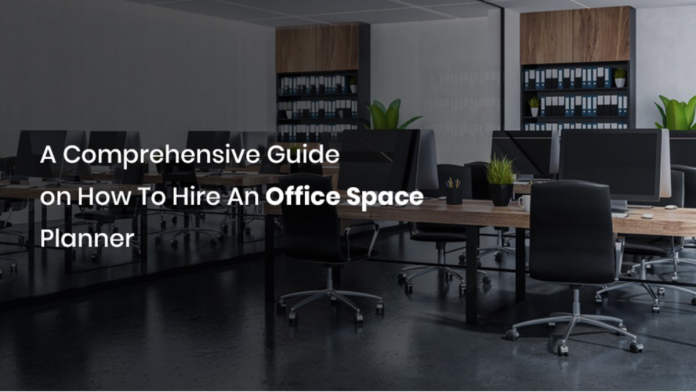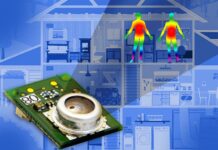Changes in the office setup are inevitable as a result of the current pandemic. The threat to public health prompted government and business leaders to rethink the workplace arrangement. Thus, organizations prioritize the safety of all, especially when reopening their business. Corporate real estate leaders and facilities managers consider changing the workplace arrangement for the future.
While most people enjoyed the benefits of working from home, there are positions and job responsibilities that entail office work. This setup of mixed team member work arrangement increased the popularity of hybrid environments.
Hence, the services of an office space planner are very much in demand and relevant in today’s reshuffling of work environments.
What is an Office Space Planner?
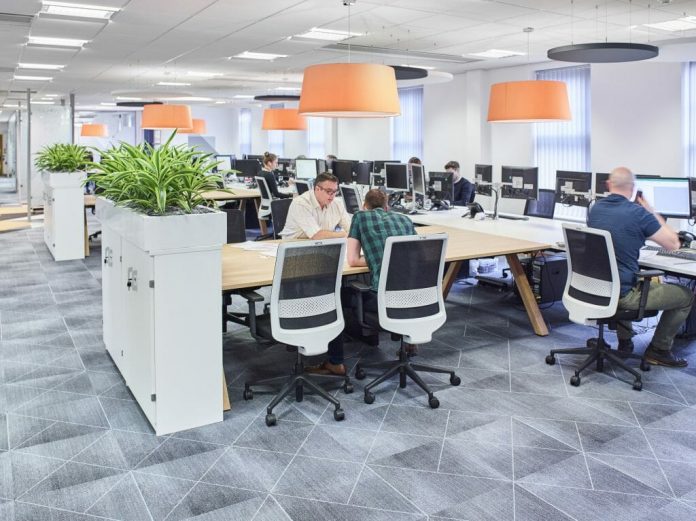
Office Space Planners are also known as Facilities Engineers or Office Designers. They bring expertise in designing and optimizing office space environments to improve space utilization and team collaboration.
Their services are beneficial to large companies with multiple buildings with several teams and departments. Efficient office design can help the organization save costs on the real estate each year.
What do they do?
Often, the responsibilities of an office space planner are an extension of the role of a facilities manager. However, facilities managers have so many parts to fulfill that hiring an office space planner to design the office can benefit the company.
The main task of an office space planner is to design the office layout spaces taking into consideration the following:
- Site function
- Traffic flow
- Pieces of equipment used in the workplace
They create new office set up or renovate existing workplace facilities with these three factors in mind. By providing an office space master plan, drawing or blueprint, business owners can visualize how their new offices will look like and how their team members operate around them.
Specifically, office designers address the immediate needs of the workplace and team members while conceptualizing and implementing a long-term real estate strategy. Generally, daily responsibilities include allocating workspaces for new employees, integrating room and desk management software systems like DeskFlex, converting underutilized areas as needed, and focusing on future real estate needs of the company.
Their tasks include:
- Anticipating the company growth by developing a space forecast strategy
- Meeting with different teams and departments to determine their space needs
- Understanding space utilization by reviewing data analytics and reports from sensors
- Analyzing real estate costs
- Reviewing lease agreements
- Collaborating with facilities managers and architects for new construction plans
- Planning, coordinating, and managing office renovation or relocation
- Ensuring employees and visitors can easily navigate office space
The Influence of the Pandemic on New Office Layouts
Company managers are aware of the effect that the workplace environment has on team member engagement and productivity. Moreover, the workplace arena was significantly overhauled with the lingering health crisis worldwide. The need for safer conference rooms and more innovative offices have surged recently.
As innovations, including automated data services, hot desk scheduling, and cable communications, have been integrated into the business setting, organizing comfortable and efficient office spaces has become more challenging. The office space planner is the specialist who knows how to integrate all these office elements to create a conducive workplace environment into a collaborative and coherent design.
How to Hire an Office Space Planner?
Many office space planners, architects, and engineers, but only a few, will meet your company’s needs. It is essential to meet with potential candidates to know how they plan to recreate your office.
What to look for in a competent office space planner?
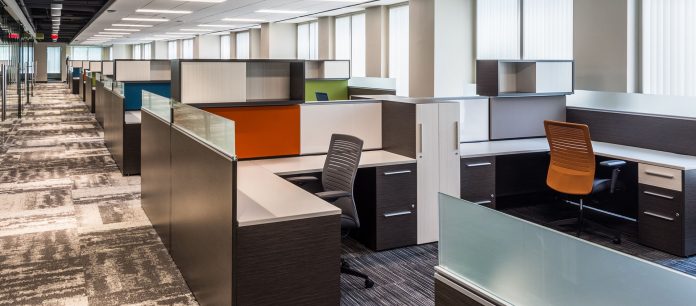
Several organizations already have a dedicated corporate real estate and facilities teams, and the role of an office space planner is to serve as a liaison between these teams and the employees, customers, and vendors.
When looking for an office space planner to redesign your company office, ask for their background and portfolio. Office space planners must have knowledge or background in interior design and architecture. With their skills and experience, they can integrate client and employees’ needs into a functional workplace environment design.
Specifically, look for the following qualities before signing a contract and hiring an office space planner:
- Educational Background
- Experience
- Knowledge of emerging office trends
- Sense of personal and functional interactions in offices
- Willingness to travel to sites
- Strong organizational skills
- Strategic Foresight
- Excellent interpersonal skills
Educational Credentials and Background
Most companies require Office Space Planners to have a college degree and a background in architecture and interior design. They could also have a degree in facilities planning and management. These college courses train them to create office system designs according to government regulations, office equipment functions, desk hoteling software systems, and furniture positioning to build comfortable spaces and spark creativity and productivity.
Look for planners to have a degree or certificate in facilities management (CFM), architecture, computer-aided design (CAD), Leadership in Energy and Environmental Design (LEED), or related courses and experience.
Experience
Most office space planners have gone through on-the-job training and internships. The more experiences they have in dealing with several types of employers, the more they are adept at office space functions, development, hoteling software systems, and designs. Those employed as in-house experts usually work as space consultants for large companies, including banks, manufacturers, and insurance companies. Moreover, office space planners used by office systems design companies or architectural firms collaborate as a part of a team of experts that provide company organizations with contractual services.
Knowledge on Emerging Office Trends
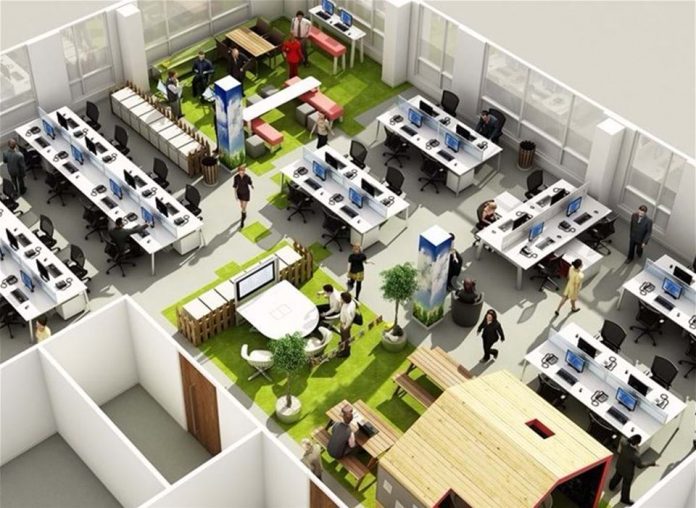
Offices are dynamic because each category of workers performs their tasks and duties differently. Companies have set their goals and benchmarks to achieve. Therefore, determining what supports team member productivity while maintaining safety in the office is paramount.
Office space planners must be adept at the changing trends in designing offices. They must understand how the new and previous generations of workers mix and their behavior in using office spaces and equipment. A desk booking software can help both companies and office space planners analyze space utilization. They can use the analytics and reports feature to make better decisions before recreating their workplace.
Technology is critical to efficient workplace management. Modern space planners use the latest computer-aided designs, hoteling software, Bluetooth sensors, and other solutions to optimize space utilization. They should be skilled at using design technology to monitor desk reservations, workstation preferences according to space utilization analytics and plan office renovation, relocation, or consolidations.
A desk scheduling software system has a reports and analytics feature that displays a summary of the following space utilization data:
- Total available space
- Desk reservations by building and floor
- Average daily reservations, cancellations, and occupancy
- Peak occupancy
- Percentage of private space and collaborative spaces
Modern offices implement open-plan seating arrangements promoting flexible seating strategies and desk booking systems. A good office space planner should be skilled in analyzing data to help teams find spaces suitable to their tasks for the day.
Sense of Personal and Functional Interactions in Offices
It is also critical to hire an office space planner who understands office dynamics. When hiring an interior designer, determine if they understood how the office space supports their office culture, practices, and policies. Workplace environment, pieces of equipment, furniture arrangement, and team members profiles are all factors to consider when renovating or building a dynamic and hybrid office.
Willingness to Travel to Sites
Some companies branched out to other locations, worldwide even. Your office space planner must be willing to travel to other sites for ocular inspection and consultations. Most office planners spend their time sketching designs and making blueprints in the office. An interior designer who is willing to travel gets first-hand information on the actual scope and nature of the company office. They can better understand the spaces on the existing site rather than through online or virtual meetings.
Strong Organizational and Analytical Skills
Space planners and interior designers review loads of documents, including seating charts, floor plans, move scenarios, and other space utilization data. They need to have strong organizational skills in maintaining and filing these documents to retrieve them easily.
The proper organization software solution makes filing and documentation easier, but a suitable office space planner needs an efficient system in managing volumes of information amidst dynamic priorities. They should secure all critical information on move requests, department headcounts, and other data.
Office space planners must have the skills to consolidate several data from mobile apps, workstation sensors, and personal information such as employee survey responses.
Strategic foresight
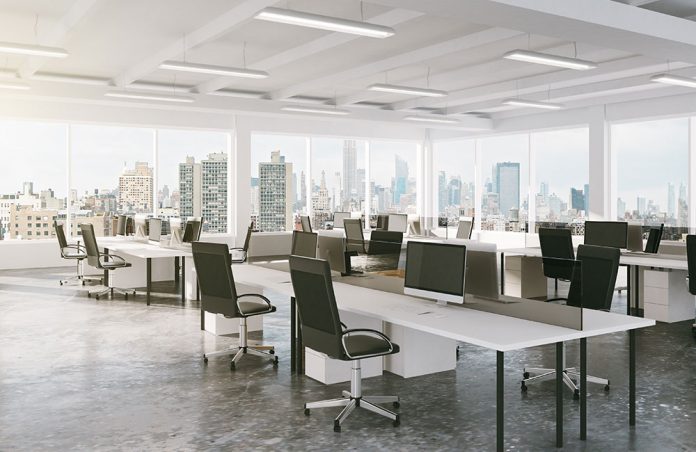
A good space planner understands what your organization wants and trying to achieve. They can translate your company’s needs into action plans by helping your business adapt to new ways of working. For example, during the reopening of offices, most employees prefer the hybrid work model to spend some days working in the office and some days working from home. Designing your office to accommodate the shift to a hybrid workspace can assist employees in their transition to the new work arrangement.
Excellent interpersonal skills
Collaboration is an essential part of managing an organization. Space planners frequently collaborate with different teams and department leaders to forecast future workplace needs.
To get the correct information, office space planners must know how to communicate clearly. They must know what questions to ask, how to clarify any misunderstandings, and respond promptly. Establishing rapport with their clients can help gain consensus to act on the goals and initiatives progressing forward.
What is the typical salary of an office space planner?
Glassdoor shared a survey that the national average salary of an office space planner in the US is around $62,000 for entry-level and $89,000 for management roles. As with any career progression, it is crucial to consider the scope of responsibilities and previous experience. An office space planner at a company with 5000 employees and 20 offices worldwide will have a higher salary than an office planner with only 500 employees and five offices.
How can hoteling software help office space planners design intelligent workplaces?
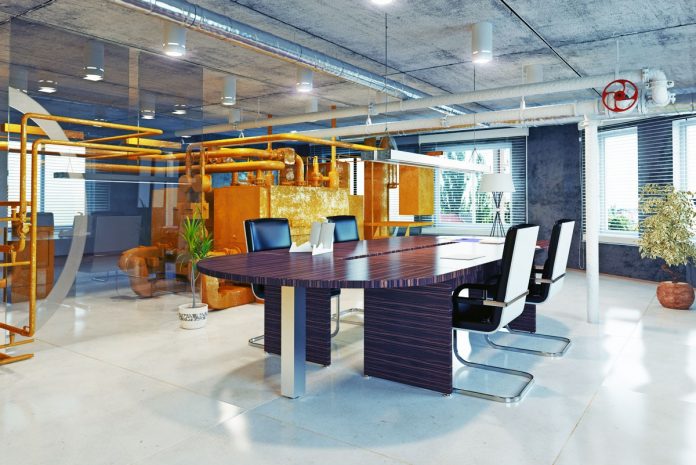
Reputable office space planners use hoteling software to design smart workplaces. A hoteling software, also known as hot desk scheduling, makes it easy for business owners, teams, facilities managers, and office space planners to monitor check, and manage office spaces by buildings, floors, and departments. The system allows office managers to determine which office areas are most in-demand and most underutilized. It enables them to implement the best solutions for office relocation, renovation, desk reservations, desk sanitation, and more.
Signing the Dotted Line
Before signing that dotted line in the contract, ensure that you understand what your interior designer or office space is doing with the office renovation. Office planners work with an average forty-hour workweek and frequently work overtime to meet client preferences and deadlines. Set your expectations during the initial consultations and revisions. Clarifying your goals in the beginning, is the key to better communication between you and the designer.
Office technologies are also a significant factor in boosting your business. Integrating a desk management software system allows your team members to utilize office spaces according to their job requirements.
Desk booking software combines innovative office space management solutions with room booking and forecasting through analytics in one concise and complete application. You can easily manage and reconfigure office desks, workstations, conference rooms, meeting rooms, sanitation schedules, and many more. It is built with interactive 3D floor maps, an easy mobile app, and complimentary hardware, including Bluetooth sensors, contactless displays, and flexcube QR scanners.
Whether hiring a project-based office space planner or considering promoting someone, equip them with the right technologies. With these innovations, you can draw out data to redesign your workplace into a safer, better, and smarter work habitat for your hybrid workplace in the years to come.
